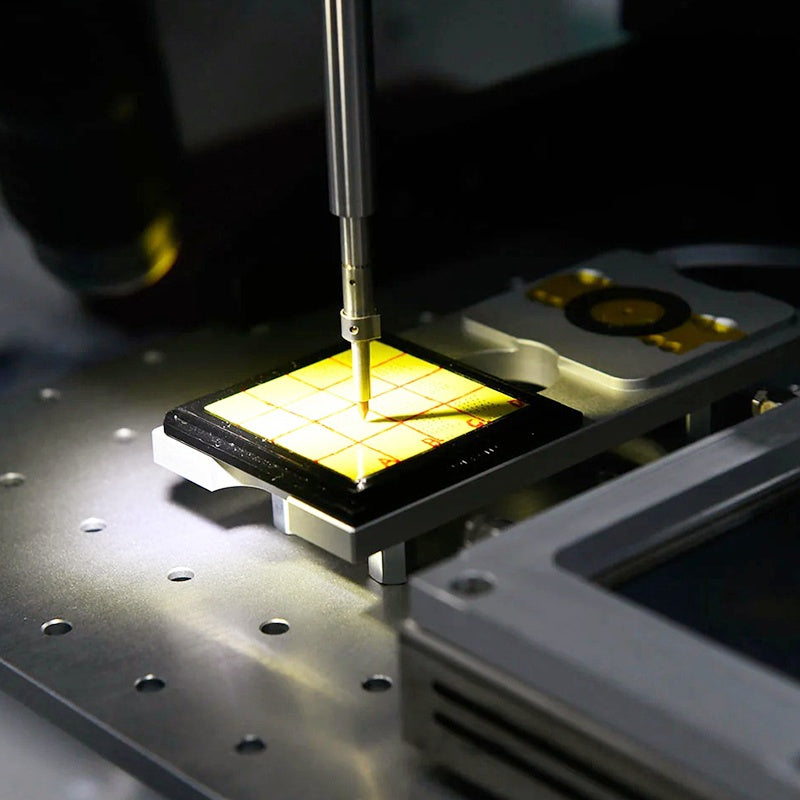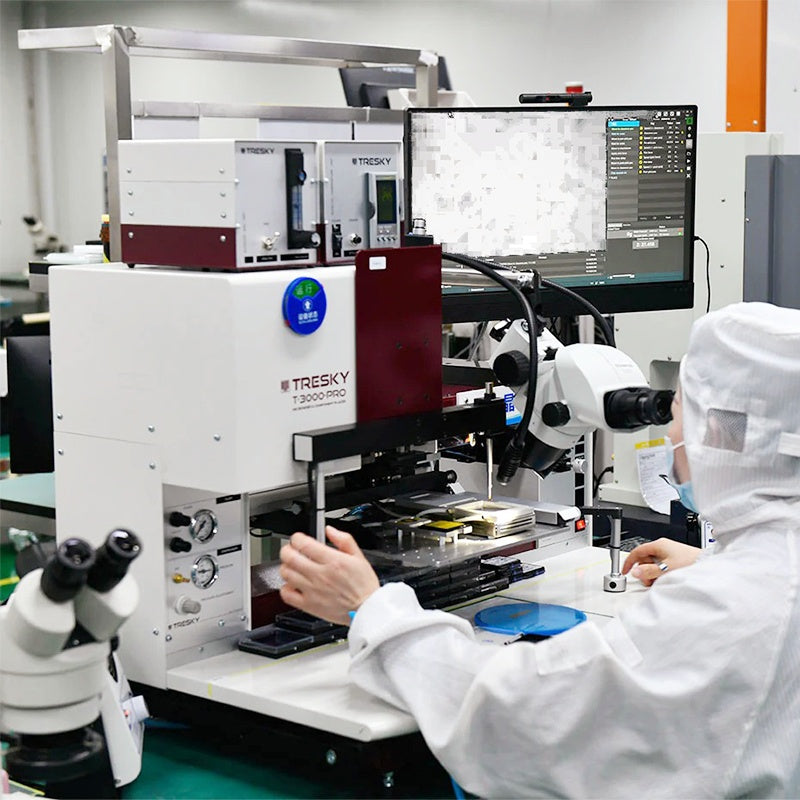Article: Advantages of low power consumption in data centers

Advantages of low power consumption in data centers
In the total cost of deploying optical modules, power consumption is often an underestimated factor. While typically considered only as a day-0 specification, it has a lasting impact on long-term operating expenses (OpEx). This is reflected not only in direct electricity costs, but also in indirect costs such as fan power and air-conditioning, which can be even greater.
For example, simply lowering fan speed from 100% to 75% of its maximum value can reduce fan power consumption by 50%. Since fans typically account for around 20% of the total power consumption of switches and transceivers, the savings are substantial. When additional costs such as air-conditioning and power conversion efficiency are included, the overall reduction becomes even more significant—though the exact figures will depend on the specific data center design.
However, fans serve a purpose. Slower fan speeds reduce airflow, which in turn lowers the cooling efficiency of optical module housings. To achieve energy savings without compromising reliability, optical modules must be able to operate at higher temperatures over extended periods. While exact operating temperatures vary by switch and module design, ZR modules typically consume more power than shorter-reach modules such as LR4 or DR4. In scenarios with limited cooling capacity, enclosure temperatures may remain around 75°C for long durations, and could briefly rise close to 80°C in extreme cases (e.g., air-conditioning outage).
If optical modules—through advanced design and component technologies such as lasers or DSPs—can maintain stable and reliable performance within this elevated temperature range, the resulting energy savings for data center operators can be highly significant.

